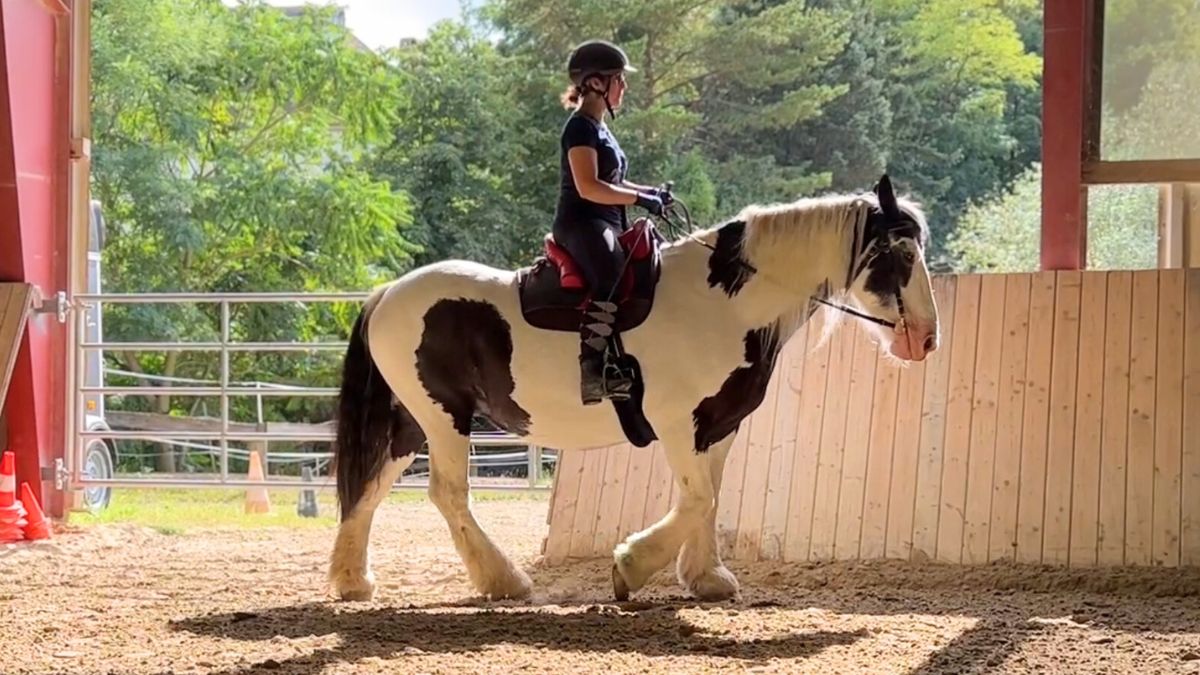equisensomotoric® training
is a specific training for horses
The training method consists of a range of exercises and subtle balance shifts that are individually selected for each horse. It is based on defined markers and basic biomechanical laws.
The author’s personal experience from over ten years of horse training and rehabilitation, the findings of scientific research into biomechanics, approaches to somatic trauma therapy, elements of Old Californian Vaquero riding, the Spanish-Portuguese working riding style and classical, baroque and academic equitation have all influenced the development.
The areas of application range from rideability problems, crookedness, muscle weaknesses and skittishness to training-related irregularities in rhythm.
All exercises are aimed at giving the horse sound movement patterns, a stable muscular foundation and emotional balance so that it has the basic physical requirements for further requirements such as riding, cattle work, working equitation, driving, etc.


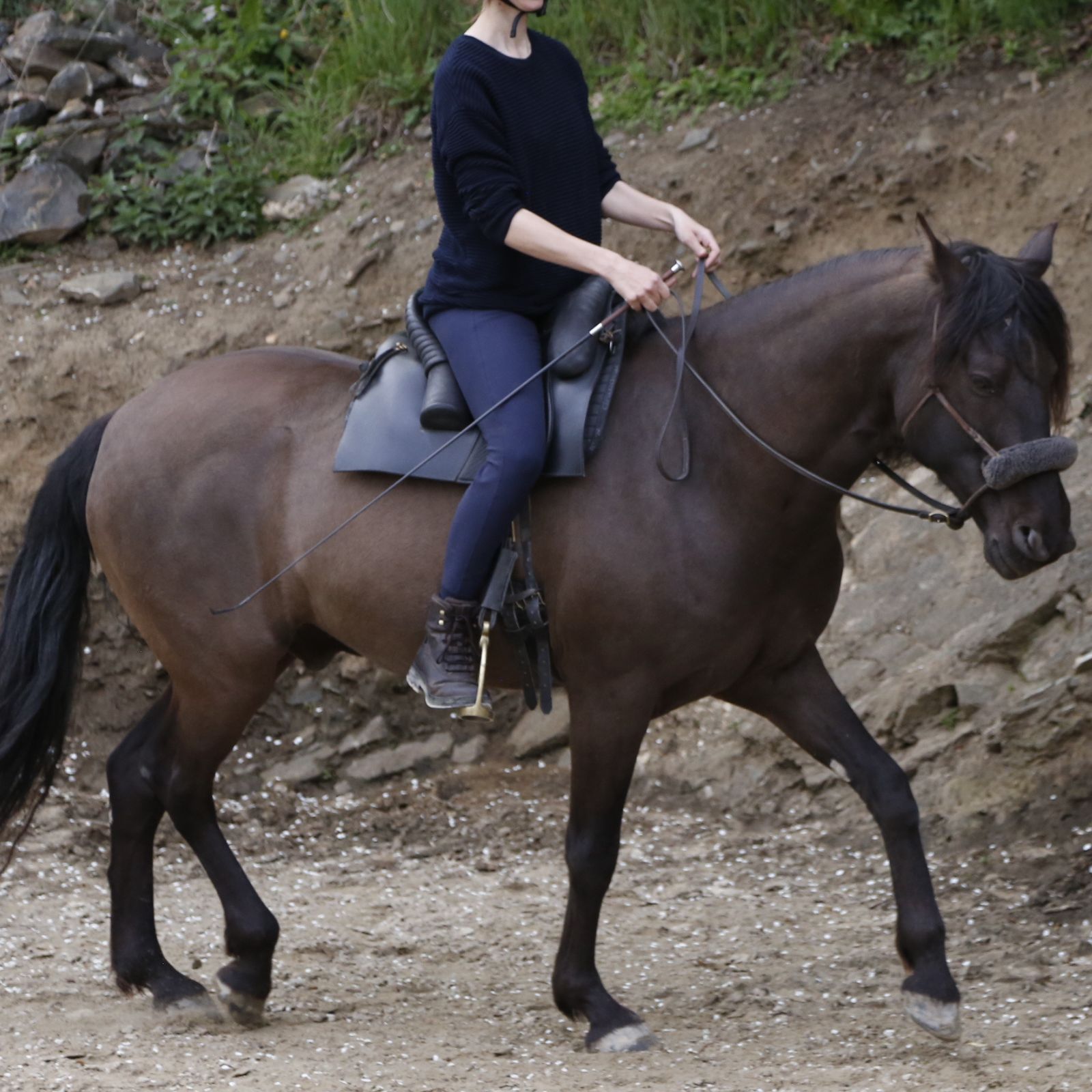
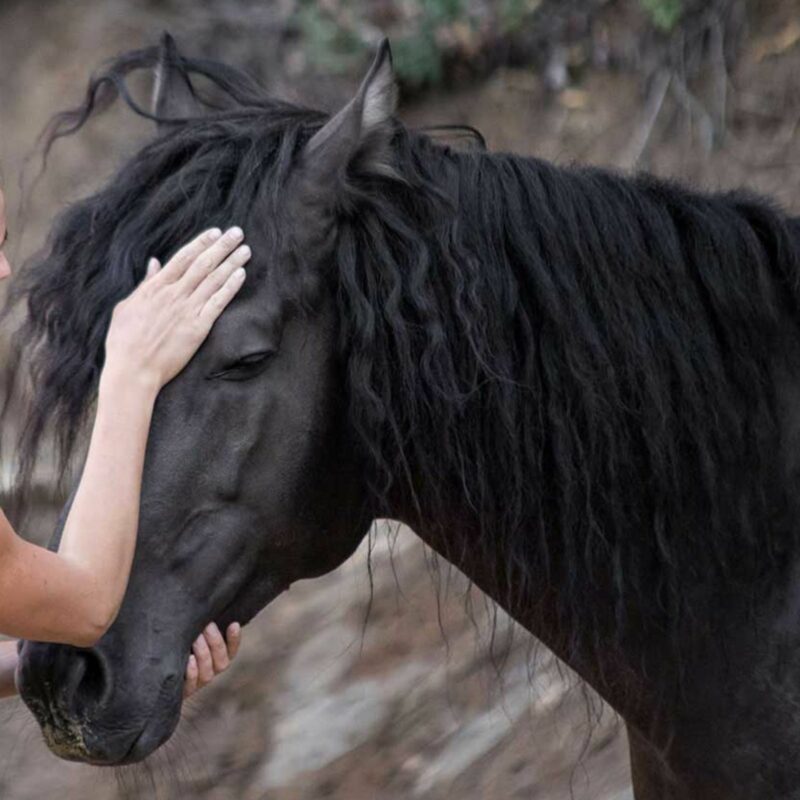
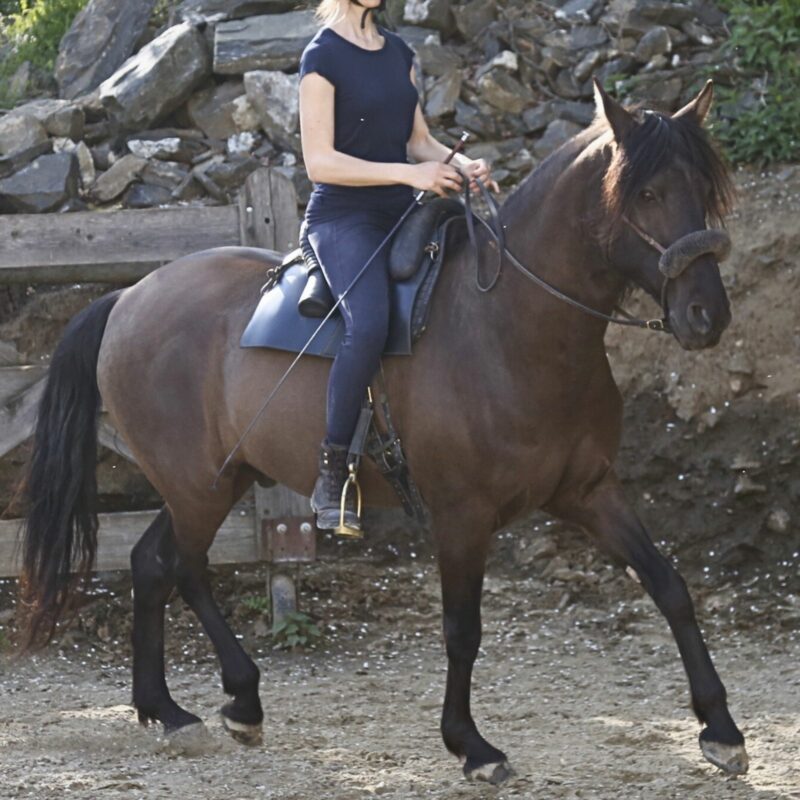
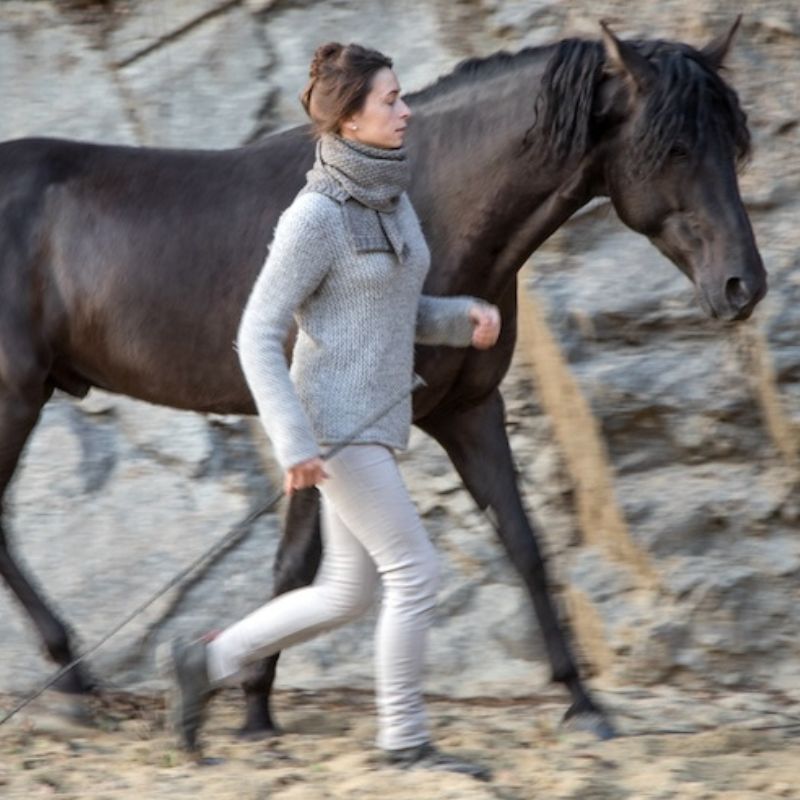
 Straightness
Straightness Balance
Balance Strength for carrying capacity
Strength for carrying capacity Sound gaits
Sound gaits Stability of joints
Stability of joints Suppleness
Suppleness Serenity
Serenity